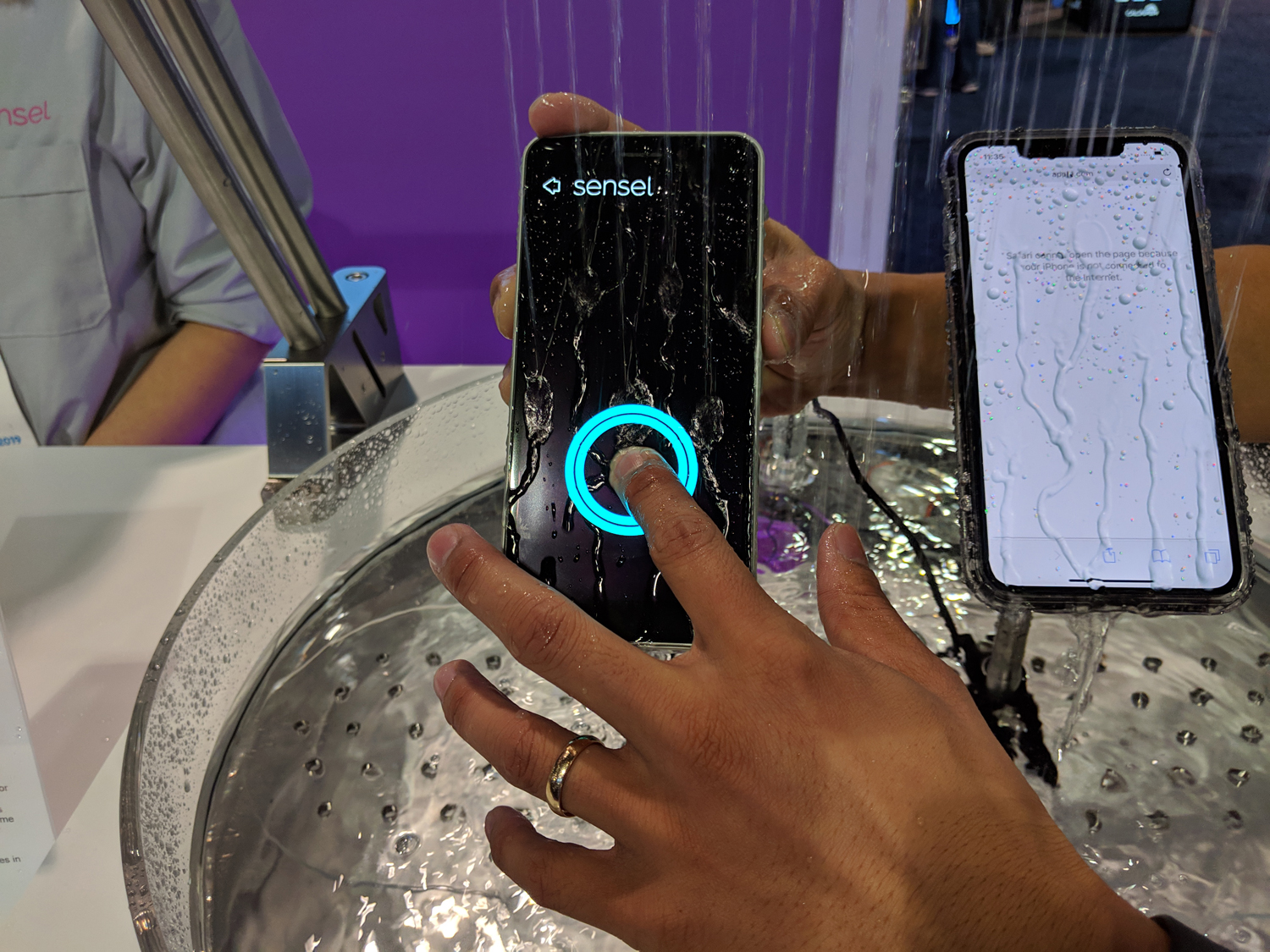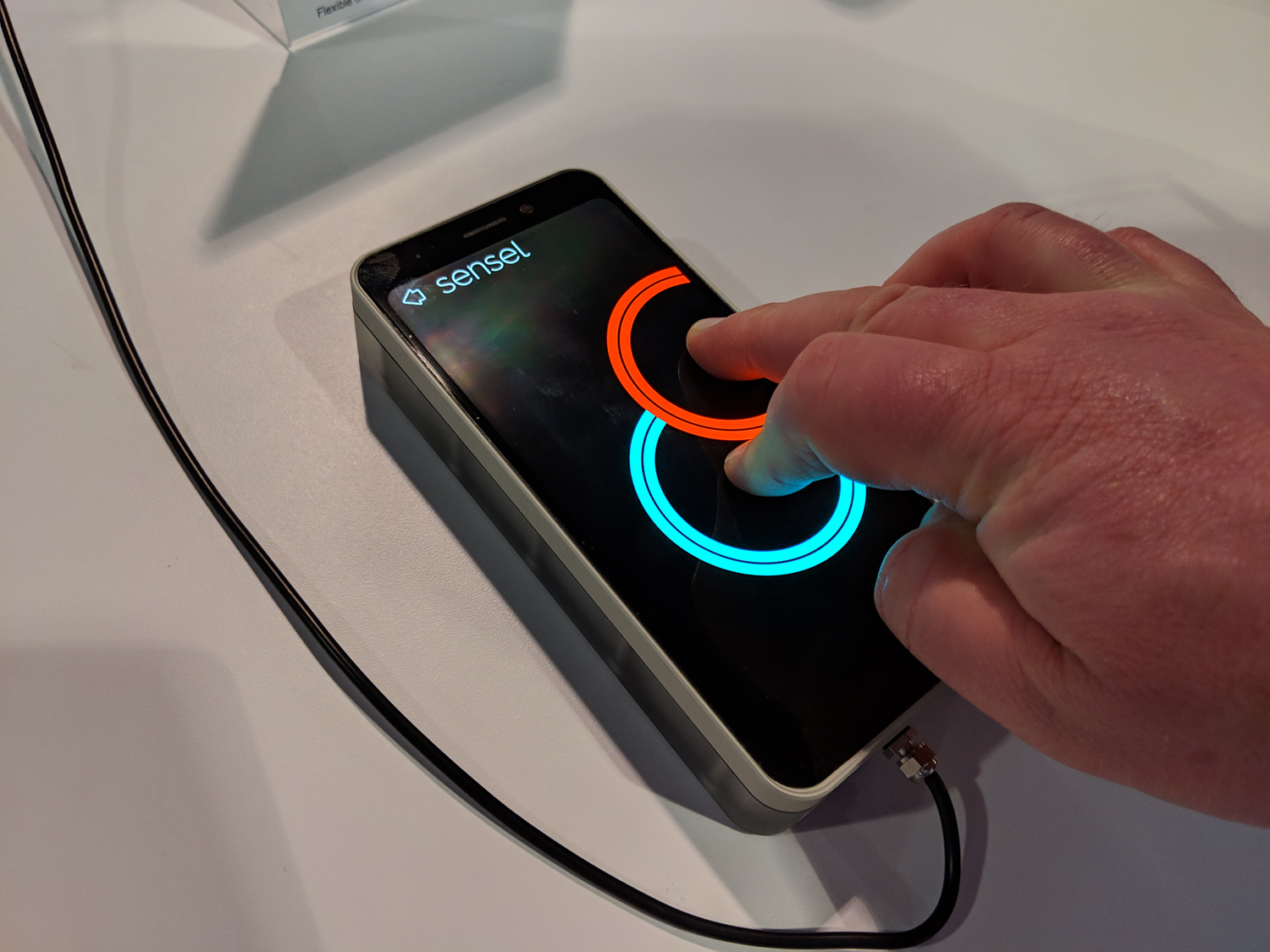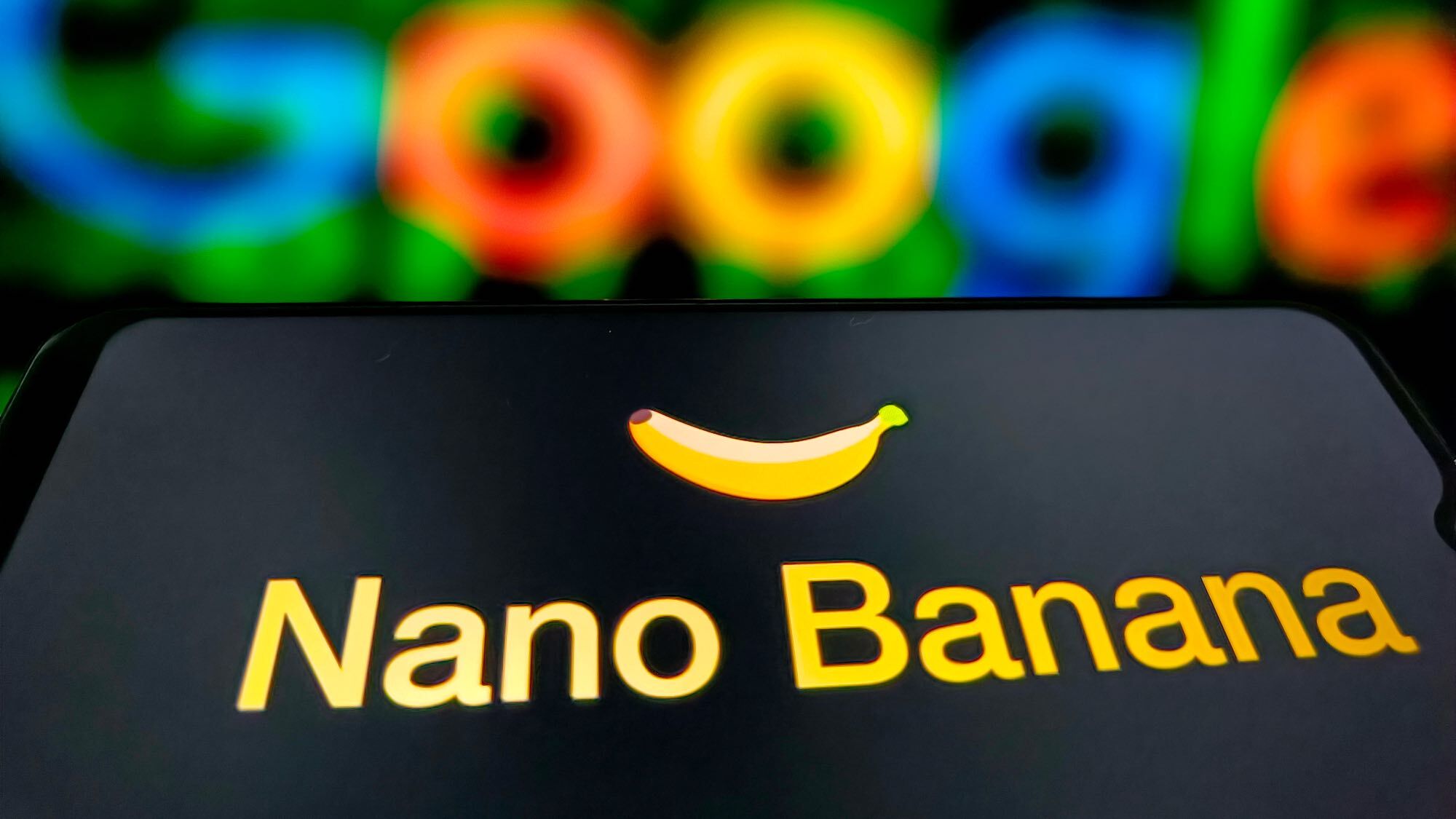Sensel’s Screen Tech Lets You Use a Wet Smartphone
Sensel makes force-touch technology for smartphone screens, and at CES 2019, it showed how screens using its approach can work underwater.

LAS VEGAS — Improved water resistance on smartphones make your mobile device more likely to survive an unexpected splash, or even full-on submersion in water. But good luck trying to use that capacitive touchscreen when it's soaking wet. Sensel thinks it can change that.
The company develops touchscreen technology based on force touch. In essence, Sensel's technology detects not only where you're pressing on your smartphone's screen, but also how hard your press is. And with support for multitouch, Sensel can measure each individual press when you have multiple fingers on your screen.

With Sensel's technology in place, you're not restricted to using just a fingertip or stylus to interact with a mobile device. At Sensel's booth here at CES this year, I was able to use a regular paintbrush to draw brush strokes on a screen, with the lines becoming thicker as I pressed down.
Yes, you can use a stylus to achieve the same effect, but Sensel's technology means that you wouldn't have to buy separate input devices just to interact with your phone or tablet. The technology means you could also operate your smartphone while wearing gloves.
MORE: Best of CES: Tom's Guide Awards for New Tech
It works in water, too. The centerpiece of Sensel's CES demo showed two devices being sprayed with water — one with a capacitive touchscreen and the other with a display using Sensel's force-based approach.
The capacitive touchscreen wasn't terribly responsive, as you could guess if you've ever tried to use your phone immediately after washing your hands without first drying them off completely. Sensel's screen was fully operational, though, even when it was submerged underwater.
Get instant access to breaking news, the hottest reviews, great deals and helpful tips.
Sensel chief technology officer Aaron Zarraga says the company is now working with device makers targeting production for sometime this year. That means by the time CES 2020 rolls around, we could start seeing devices with Sensel's technology built in.
It's not just for smartphones, either. Sensel is working on bringing its force touch-based tech to laptop trackpads, too, again with an eye to 2020 for bringing products to market.
Image Credits: Tom's Guide
Philip Michaels is a Managing Editor at Tom's Guide. He's been covering personal technology since 1999 and was in the building when Steve Jobs showed off the iPhone for the first time. He's been evaluating smartphones since that first iPhone debuted in 2007, and he's been following phone carriers and smartphone plans since 2015. He has strong opinions about Apple, the Oakland Athletics, old movies and proper butchery techniques. Follow him at @PhilipMichaels.

